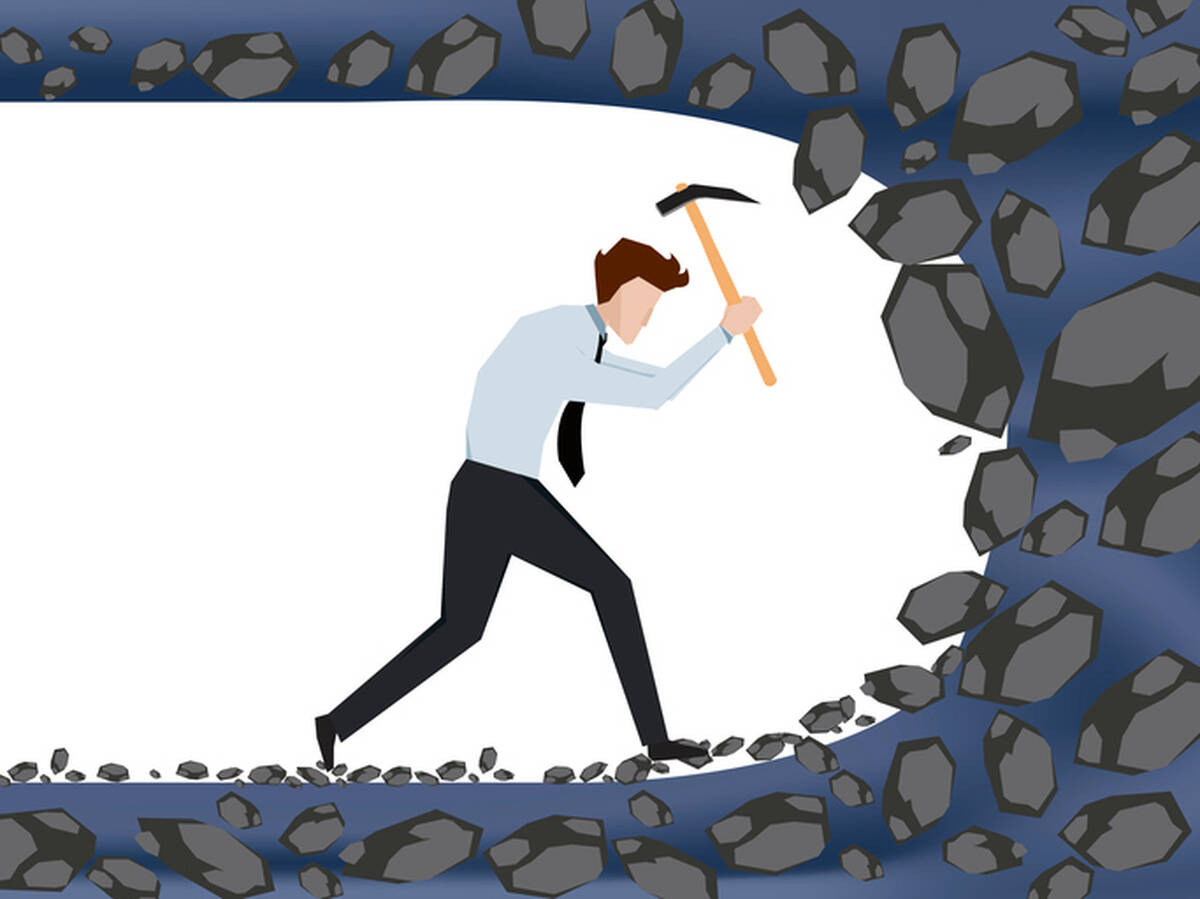Sunk-Cost Fallacy
Analysing its causes, effects, and influence in our everyday decisions.
CONTENTS
1. Definitions and Context
2. Examples
2.1 Everyday Decision Making
2.2 Business
2.3 Football
2.4 FPL
3. Causes
3.1 Loss Aversion
3.2 Framing Effect
3.3 Commitment Bias
3.4 Waste Avoidance
3.5 Personal Responsibility
3.6 Optimism Bias
4. Conclusion

[1. Definitions and Context]
The Sunk Cost Fallacy describes the tendency to follow through on a task, whether or not the current costs outweigh the benefits, due to the time, money, or effort invested in it.
Where do the words “Sunk Cost” really come from? Investopedia defines the term as, “A sunk cost refers to money that has already been spent and cannot be recovered.” We know that humans are inherently, or attempt to be, rational in nature, yet simple cognitive biases often throw us off our stride and into a different path. If one (or a business) was rational when making a decision, they’d be able to separate a change in the potential benefits (revenue, hence profit) from the sunk costs that one has incurred. If one were truly rational, such a fallacy would not be factored into one’s thinking.
If you’ve read some of my previous pieces, such as this one on The Availability Heuristic, you’d know how much I appreciate Daniel Kahnemen’s thinking and logical reasoning. So who better to tell you about this fallacy than himself?
The sunk-cost fallacy keeps people for too long in poor jobs, unhappy marriages, and unpromising research projects. - Daniel Kahnemen
Such examples will be expanded upon in Section 2.
[2. Examples]
The reason I started this series of introspective posts is to make people more aware of their decision-making and show them how to reduce the obstacles that they’d face en route to a decision that is more likely to have a favourable outcome. What better way to do so than by showing you where you may have been affected by the sunk cost fallacy recently?
[2.1. Everyday Decision Making]
Imagine that you’re going back to school. You’ve spent years dreaming of majoring in science, but after two classes you realise that you cannot get through only by knowing s = ut +0.5 (gt^2). As a direct consequence of the sunk cost fallacy, we’d commit to this path as we have spent time and effort deciding to major in science. Will we be happy through this process? It’s not likely. If we were perfectly rational, we’d only evaluate what courses we could take up in the future, rather than look back at the past.
Perhaps this is too niche an example; I get that. Think of cinemas; that's an example we could all relate to. Cinemas are getting more and more expensive by the day, don’t you think? Say you’ve spent $50 on a ticket, and the movie turns out to be terrible. Well, because of the sunk cost fallacy, you’re likely to watch the movie through so as to fulfil the price of the tickets. In some ways, this is ironic, I suppose, as the additional 1.5 hours you spent on it may have led to a more than meaningful opportunity cost. If we were rational, we’d pick up our popcorn and walk off during the interval. So simple, yet so hard to do.
[2.2. Business]
Marketing is often seen as a “relatable” aspect of production. After all, it aims to appeal to you, the consumer. You’ve recently started a new streaming platform, and naturally, you want to market it. After all, you need publicity to drive demand. Hence, if you spend $10,000, you’re confident after all. As soon as this $10,000 is spent, it’s a sunk cost. The money is gone, and the investment has been made. All you can do is not factor it into any additional investments you make in the matter.
In a series of experiments undertaken by Dr. Rebecca Bevans, researchers set out to see how investments are honoured when they involve the money of a third person. In one of these experiments, people were asked to eat cake until they were full. Like all good experiments, however, there was an obvious caveat. Some were told that the cake was purchased from a local bakery (on sale, of course), while others were told that it was expensive and that it was sourced from an area that was an hour away (think of the fuel costs!). They were then asked to imagine two scenarios: one in which they bought the cake themselves and the other in which someone else bought it for them. The results showed that people eating the more expensive cake were more likely to continue eating the cake irrespective of who bought it, demonstrating the interpersonal dimension of this effect. When you make business deals, the sums are likely to be relative or absolutely large, meaning the tendency to fall into this effect may be proportionately large—something that has to be avoided. Taking practical every-day applications of this fallacy and applying it to the context of a business is pivotal for success; being self-aware is an essential quality for all entrepreneurs.
[2.3. Football]
Football is a game of tight margins that explode into epic proportions. The example I’m about to give is one of the more extreme ones, and in an alternate reality, the fallacy would not have led to the conclusion it did, and it may possibly have been reversed (which wasn't the case in reality).
Reports have emerged that Roy Hodgson signed Jordan Ayew over Erling Haaland in 2018. Is it hindsight bias to critique this decision? Not entirely; Haaland’s explosion was foreseeable. That said, Ayew was in good form at Swansea, and Haaland was a raw, lanky, untested 17-year-old playing at Molde. Hodgson said the following:
(Haaland’s) not physical enough for the Premier League
To say this outright and to have the will to reverse it may be tough; we all have an ego, after all. In a world where it were possible, Hodgson may have been able to accept his mistake, understand that he’s lost money on Ayew, and spend an additional £5–10 million on Haaland. The money has been spent; after all, all Hodgson could do was reevaluate and look towards the future.
In fact, Junru Lyu, at the Department of Economics at UC Berkeley has written an excellent analysis on Sunk Cost Fallacy and Recency Bias Using Transfer Fee and I strongly urge you to read this. I have also covered the recency bias aspect of football in my piece on The Availability Heuristic, which touches on another aspect of human psychology.
This piece coincided with my own thoughts when it comes to minutes and transfer fees. In our minds, and undoubtedly in the minds of many managers, a higher transfer fee warrants more playing time, especially early on in the season. You’ve spent millions of the king’s finest; you may as well put it to use, right? Hence, we can see a clear and obvious positive correlation. In a rational world, we’d be able to put this aside and move on. Perhaps the player that was benched as a result of the new signing is still at the club; why not give them their fair share of minutes? Such gaps in rationale should not affect those in the high echelons of sport, at least not as easily as they do for you and me.

[2.4 FPL]
Last season was an odd FPL season for me—the season before I fully committed to the analytical way of playing the game. It was around GW 25, and I was met with a dilemma. I had to get rid of one of my forwards and, naturally, buy another. Here I was faced with two options: Kai Havertz and Ollie Watkins. I bought Kai Havertz with hopes of a new system and a newfound talismanic approach. It was clear that this was the wrong decision immediately, even though Havertz initially outscored Watkins. The npxG+xAG were miles apart, and Havertz was in fact not a talisman, not helped by Chelsea’s lack of cohesion, teamwork, and sense of self. Now, we were into DGW territory—a hit would not have been the worst option ever—particularly as Ollie Watkins had quite the favourable DGW. I had the FTs to make the switch, yet I didn't. I didn't want to absorb the costs of having bought Havertz already. Havertz got around 7 points in that DGW, and Watkins got 26. Is this hindsight bias? Perhaps. But I do not think I’d have made such an error if I were aware of this fallacy.
This could happen to any of us, and it’s understandable. You may have bought James Ward-Prowse as your differential, and now you refuse to sell him for Jarrod Bowen because you bought him as a differential. He’s now not playing as a 10, and the underlying data for both are realms apart. We can’t reverse the decision in the prior gameweek, but we can in this one and enjoy future points. Essentially, we have to be able to separate the acquisition costs from the decision costs, as the information value we have in both scenarios is different. The value of X may be different from Y as the GWs pass, but we must not fret over lost points.
[3. Causes]
Now that we know how we fall for the sunk-cost fallacy, let’s see why. Understanding the issue via processing it is key to resolving it, after all.
Thinking about this concept psychologically, there are six main reasons for this process leading to failure.
[3.1 Loss Aversion]
Some of us may prefer avoiding losses to taking a guaranteed win, as losses may hurt more than the respective gain would. In this case, we’d be unwilling to commit to a project with a guaranteed loss, or a project with sunk costs, for low risk tolerance, hence avoiding the project entirely. If you do still go through with the project, naturally your investment in it will increase (whether that be time or money), making the loss feel larger when you eventually walk away.
[3.2 Framing Effect]
We are our own people; that’s what makes us human. This means that our perception of an event may be vastly different from another’s, meaning we may cast something in a positive or negative light depending on what we think of it. When you combine this with loss aversion, framing an opinion negatively, such as abandoning a project, means a loss. A loss is usually associated with something negative, after all. On the other hand, continuing through with a project in the hope of success (a positive trigger word) frames our choice as success, even when it may not be.
[3.3 Commitment Bias]
This is often seen as the most simple cause of the sunk cost fallacy. We have a plan, and we stick to this plan simply because it was the original plan that we made. We initially decided on this plan; hence, we’ve stuck with it.
[3.4 Waste Avoidance]
If we stop our plan midway through, we’d be abandoning the work and resources we’ve invested in it. Humans, by nature or by upbringing, don’t want to waste, hence it’s not a desirable quality. The additional investment in preventing waste may not get us anywhere anymore, yet we'll continue to invest in it.
[3.5 Personal Responsibility]
We’ve made a decision. That decision is part of us, meaning we may become emotionally attached to the decision itself, making it harder to let go of. Personal responsibility stems from this emotional bias, blinding us to our losses.
[3.6 Optimism Bias]
Optimism is good; we can all use it in our lives. However, when we overestimate our chances for success, we may ignore the potential danger signs—the signs of an incoming loss. The hope that stems from optimism leads to further investment in resources, hence the vicious cycle.

[4. Conclusion]
The sunk cost fallacy is avoidable; all we have to do is learn about it and put our minds towards putting it behind us. Frame the problem in an easy-to-understand way; perhaps this lets you view it from a third-person POV, distinguishing preconceived biases from the truth. If you have data, trust it, look at it, and don’t shy away from it; numbers are nothing if not pure logic after all. Trust in yourself, accept the risk, and turn away from risk aversion; you’ll be in a more favourable position from where you can develop and grow.
Immanuel Kant believed that our consciousness is made up of our inner and outer selves. Bringing both together is what will help us understand reality.








